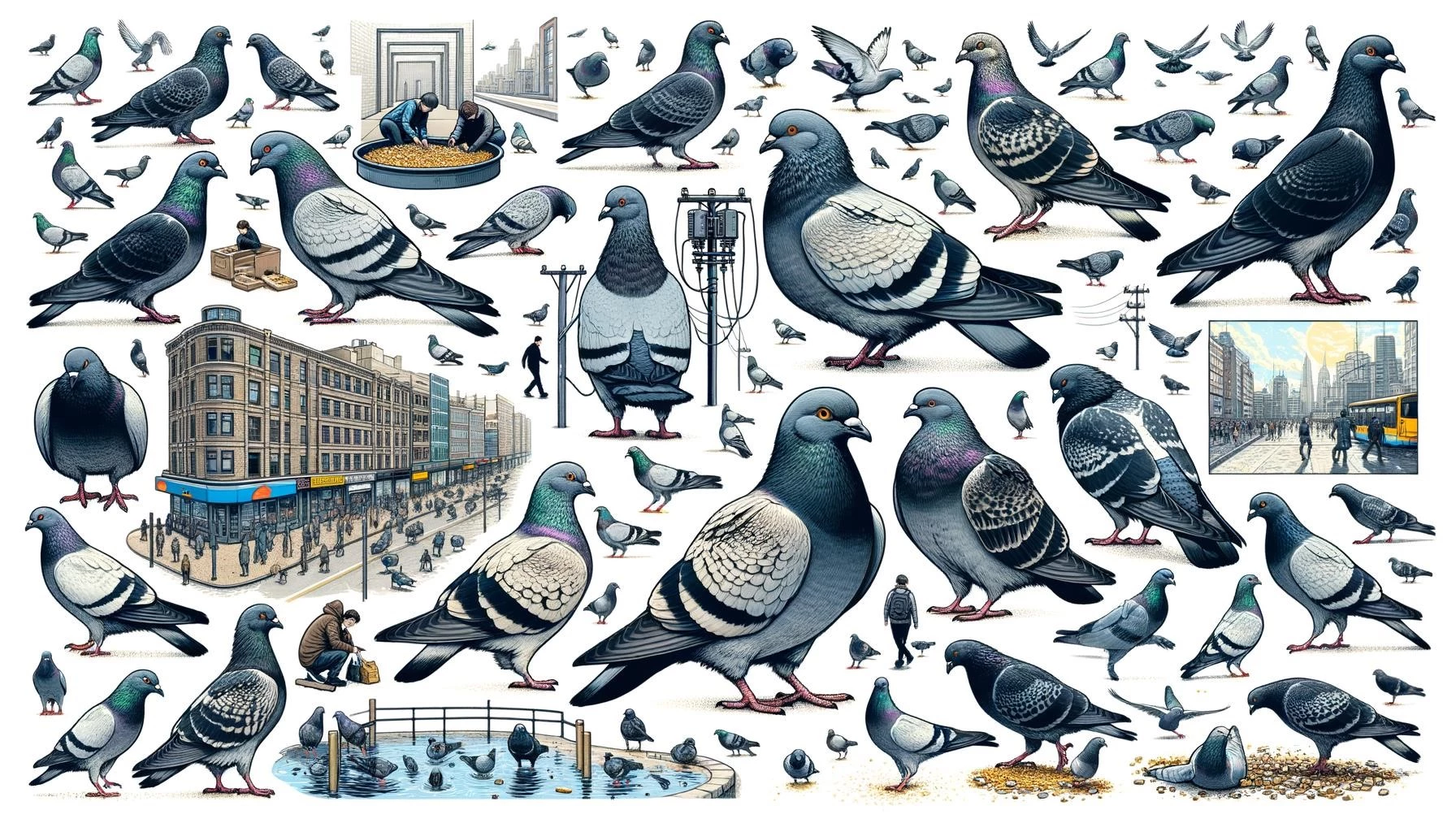From the bustling city streets to serene countryside woodlands, pigeons have proven their adaptability across a diverse range of habitats. These birds, boasting over 300 species worldwide, have made their homes on cliffs, open fields, and even man-made structures, demonstrating their distinct versatility. With an uncanny ability to coexist with humans, pigeons have become an integral part of various ecosystems, carving out their niches in both urban and natural environments. Let’s explore the intriguing world of pigeon habitats and their remarkable resilience.
Key Takeaways
- Pigeons can be found in a variety of habitats, including urban areas, rural areas, woodlands, cliffs, and open fields.
- There are over 300 species of wild pigeons and doves globally, with the Rock Pigeon being the most familiar.
- The different types of pigeon habitats include natural habitats, urban areas, public places, nesting sites, and non-forest habitats.
Natural Habitats
Pigeons can be found in a variety of natural habitats, including woodlands, countryside, and even in the city. In these habitats, pigeons choose trees and fields to build their nests. Even in urban areas, pigeons can still be seen nesting on structures made by humans, but some flocks also reside in nature.
Urban Areas
Pigeons living in urban areas usually build nests on man-made structures such as buildings, bridges, and signs. They are commonly found in parks, plazas, and squares, where there is a steady source of food and water. Pigeons have adapted well to urban environments and have become a familiar sight in many cities around the world.
Nesting Sites
Pigeon species can nest in a variety of habitats, including trees and other vegetation, cliffs, ledges, and even the ground. The ideal nesting location is sheltered from the elements, safe from ground predators, and near good foraging grounds with a reliable food source. Pigeons will choose nesting sites that provide them with security and protection for raising their young.
Non-Forest Habitats
Pigeons are also found in non-forest habitats, such as grasslands, agricultural fields, and tundra. These habitats typically have a single layer of vegetation and may have a short undergrowth. Pigeons can adapt to a variety of environments as long as there is a source of food and suitable nesting sites nearby.
Conclusion
Pigeons have a remarkable ability to adapt to different habitats, whether it be in urban areas or natural settings. They can be found in a wide range of environments, including woodlands, cities, and open fields. Despite being considered pests by some, pigeons are an integral part of urban ecosystems and have successfully coexisted with humans for centuries.









